Animatic Storyboard Development: A Step-by-Step Guide
Storyboard development is an essential part of creating animatics, which are essentially a "preview" of an animated video. They allow creators to visualize the pacing, timing, and overall flow of the animation before investing the time and resources into creating the final product.
The process of creating a storyboard can vary depending on the project and the preferences of the creator, but there are a few key steps that are common to most approaches.
Start with a script or concept: Before you can begin visualizing the animation, you need to have a clear idea of what you want to say or show. This might involve writing a script, outlining key points, or simply sketching out the general concept.
Sketch out the key scenes: Once you have a solid idea of what you want to include in the animatic, it's time to start sketching out the key scenes. These might be simple stick figures or more detailed drawings, depending on your style and the needs of the project.
Add in the dialogue and sound effects: As you sketch out the scenes, you'll also want to consider how you want to incorporate dialogue and sound effects. You can either write these directly onto the storyboard, or you can create a separate audio track that you can reference as you work.
Create a rough timeline: In order to ensure that the animatic flows smoothly and that the pacing is consistent, it's important to create a rough timeline. This will help you keep track of the order in which each scene should occur and how long each scene should last.
Refine and revise: Once you have a rough draft of the storyboard complete, it's time to start refining and revising. This might involve adjusting the timing of certain scenes, reordering elements, or simply making small changes to the artwork to improve the overall look and feel of the animatic.
Overall, developing a storyboard for an animatic is a critical part of the animation process. It allows creators to visualize the final product and make any necessary changes before committing to the full animation. By following these steps, you can create a clear and effective storyboard that helps guide the creation of your animatic.
What is an animatic? Quick summary
An animatic is a series of still images that are shown in a specific order and with specific timing to create the sense of movement. It is a way to plan out the timing and pacing of a finished animation or moving image. In the past, animatics were created by filming drawings with a camera and then editing the film, but today they can be created using software such as Photoshop or After Effects. Animatics are often used with soundtracks to give an idea of how a finished piece will look and feel.
The Step-by-Step Guide to Creating an Animatic for Commercial Production
Animatics are an essential tool in the pre-production process of a commercial, allowing filmmakers and advertisers to visualize and refine their ideas before committing to a full-scale shoot. In this blog post, we'll walk you through the step-by-step process of creating an animatic and provide tips and best practices for making an effective one.
Step 1: Storyboarding
The first step in creating an animatic is to create a storyboard, which is a series of sketches that outline the action and dialogue of the commercial. Storyboards help to visualize the commercial and plan out camera angles, movements, and timing. When creating a storyboard, it's important to keep it simple and focused, using clear and concise storytelling. We like to include notes for timing and dialogue and think about how the story will unfold in relation to the audio and music. There are a variety of animatic illustrators available for storyboarding, and it’s important to leverage the use of an storyboard illustrator that is specifically for animatics. This can often be overlooked and why Creative Taco can provide the right illustrator for your spot.
Step 2: Scripting
Once the storyboard is complete, the next step is to write a script for the animatic. A good script should be clear, concise, and focused, using active verbs and avoiding jargon. Typically this comes from the agency and the creatives. It's also important to consider the tone and style of the commercial and how the script will support that.
Step 3: Voiceover and Sound Effects
Voiceover and sound effects are an important part of an animatic, adding depth and emotion to the story. When selecting voiceover talent, it's important to choose a voice that matches the tone and style of the commercial and that can deliver the script effectively. When recording the audio, be sure to use high-quality equipment and minimize background noise. There are a variety of tools and software available for adding voiceover and sound effects, such as Adobe Audition and Pro Tools. Sometimes the agency has in house resources or leverages a proper sound facility. Often times to speed things along Creative Taco will provide a scratch track for timing purposes so we can hit the ground running for animation.
Step 4: Animation and Editing
Once the VoiceOver, or scratch track, and sound effects are added, the next step is to animate the storyboard and add transitions and effects to bring the animatic to life. This can be done using tools like Adobe After Effects, C4D, Adobe Premiere and other supporting software. When animating, it's important to use keyframes and easing to create smooth and seamless movement and to choose the right frame rate for the commercial. This is where a specialty animatic animator AND editor really shine. This is a dual discipline of understanding how to animate and then edit along the way. Animatics are a unique creative process and having a skilled, experienced animator / editor is essential to storytelling when it comes to animatics.
Step 5: Review and Iteration
The final step in creating an animatic is to review and iterate on it to ensure it meets the client's expectations and goals. This may involve getting feedback from the client and making changes based on that feedback. Tools like Trello and Asana can be helpful for managing revisions and tracking progress.
In conclusion, creating an animatic for commercial production involves several steps, including storyboarding, scripting, adding voiceover and sound effects, animating and editing, and reviewing and iterating. Each step is important in its own right and helps to visualize and refine the final product. By following these steps and using the tips and best practices outlined above, you can create an effective animatic that helps to bring your commercial vision to life.
How Animatics Streamline the Commercial Production Process
How Animatics Streamline the Commercial Production Process
Animatics are a crucial aspect of the commercial production process, as they allow for efficient planning, collaboration, and review. These pre-visualization tools allow you to plan out and visualize the entire commercial before production begins,
Animatics are a crucial aspect of the commercial production process, as they allow for efficient planning, collaboration, and review. These pre-visualization tools allow you to plan out and visualize the entire commercial before production begins, identifying potential problems or issues early on and making necessary adjustments. This can help to save time and resources during the actual production process.
In addition, animatics can be used to create a detailed storyboard of your commercial, ensuring that every element of the final product is planned out and accounted for. This is especially helpful when working with a large team, as it allows everyone to understand the overall vision for the commercial. Animatics also allow for real-time collaboration with clients, creative partners, or production staff, ensuring efficient communication and decision-making.
Finally, animatics can be used to present your commercial to clients or other stakeholders for review and approval. This helps to ensure that everyone is on the same page and that any necessary changes can be made before production begins. Overall, animatics are an essential tool in the commercial production process, saving time and resources while helping to create a more polished final product.




